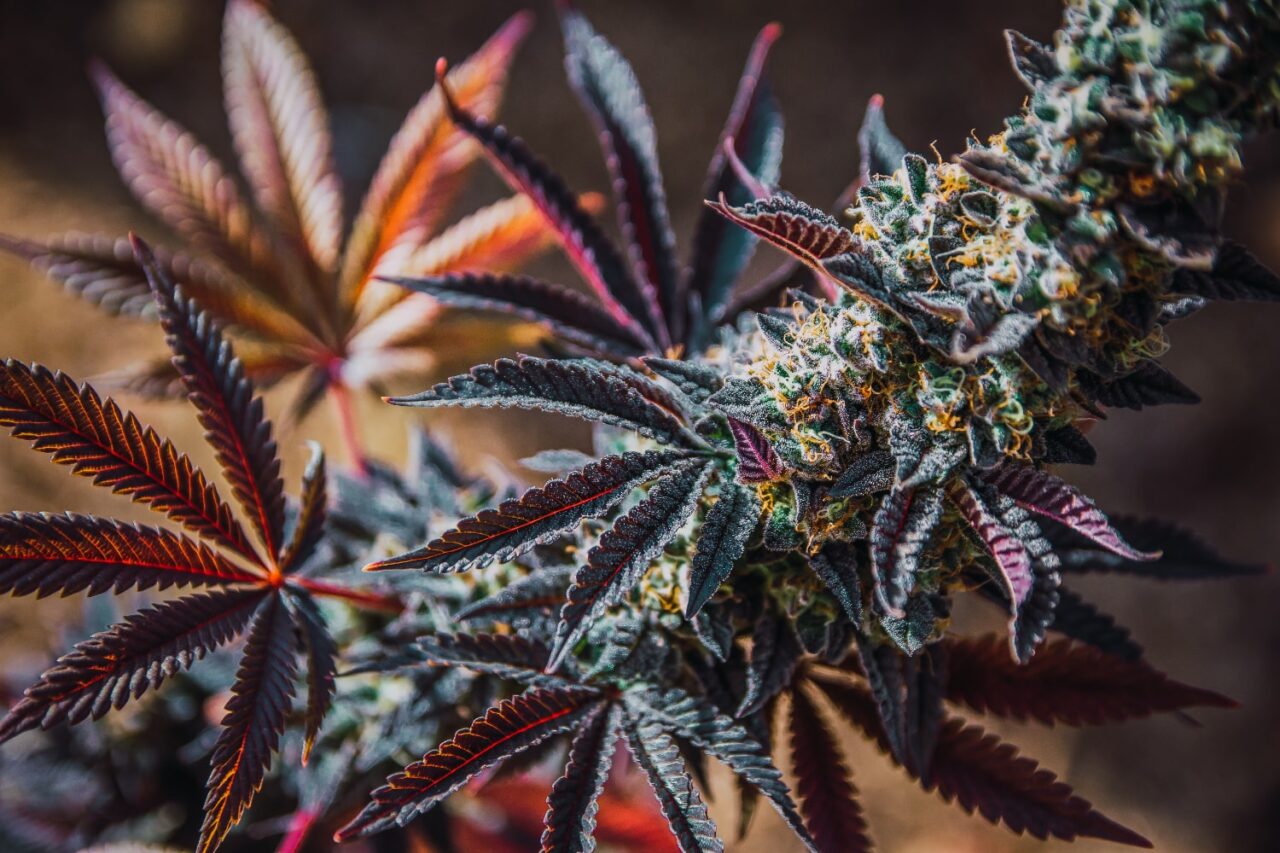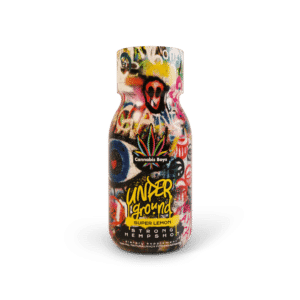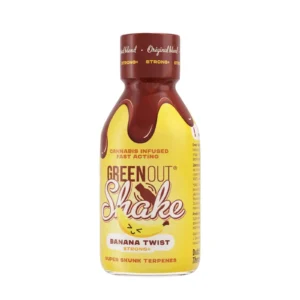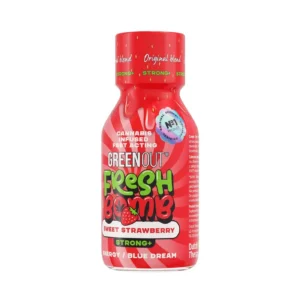The world of cannabis is extremely diverse, with sativa and indica varieties being the two most recognizable categories. Although they come from the same species, their effects, uses and morphological characteristics are quite different. Understanding the differences between sativa vs indica is crucial for both recreational and medical users who want to select the right strain for their needs.
Sativa and Indica - what are the differences between the varieties?
Sativa and indica varieties are distinguished both in appearance and in the way they act on the body. Their differences are rooted in their origins, genetics and content of key substances such as THC and CBD.
Sativa is native to warmer tropical regions such as Southeast Asia, Africa and Latin America. The tall plants, with their distinctive narrow leaves, have been adapted to hot and humid climates, making them resistant to mold and other harsh environmental conditions. In contrast, indica, native to cooler, mountainous areas of Central Asia such as India and Afghanistan, is a low, stocky plant with broad leaves that does well in harsh mountainous conditions.
The effects of these strains differ dramatically. Sativa is known for its stimulating, mood-enhancing and energizing effects, while indica relieves tension, relaxes the body and mind and promotes sleep.
What is Sativa?
Sativa, also known as cannabis sativa, is a cannabis variety that has a high THC (tetrahydrocannabinol) and relatively low CBD (cannabidiol) content. These proportions make it prized for its psychoactive and stimulating effects. Sativa plants reach up to three meters in height, have narrow, long leaves and grow in a more spreading manner.
The properties of this cannabis strain are due to the presence of specific terpenes, such as limonene and pinene, which give it a refreshing citrus aroma. The effects of sativa are often described as stimulating, creative and energizing. For this reason, it is particularly recommended for daytime use.
Medical uses of sativa include the treatment of ailments such as depression, chronic fatigue and lack of appetite. The stimulating influence of this strain makes it often used by artists and those seeking additional inspiration and motivation.
What is Indica?
Indica, or cannabis indica, is a strain that originated in regions with cooler and drier climates. Its characteristic features include compact size, dense leaves and shorter flowering time compared to sativa. Indica plants are prized for their relaxing and calming properties, making them an ideal choice for the evening.
Unlike sativa, indica has higher levels of CBD relative to THC, making its psychoactive effects milder. Thanks to the presence of terpenes such as myrcene, its aroma is earthier and more intense.
Indica is used in medicine as a pain reliever, stress reducer and to support the treatment of insomnia. It is also effective in treating inflammation, muscle spasms and glaucoma. Due to their calming effects, indica strains are often chosen by people struggling with chronic mental or physical tension.
Sativa vs Indica - key differences
The differences between sativa vs indica are not limited to their effects on the body. Each of these strains has its own unique characteristics that affect their appearance, cultivation and use.
Appearance and morphology
- Sativa - tall, slender plants with narrow leaves; lighter green color.
- Indica - low, stocky plants with broad leaves; darker shade of green.
Flowering time
- Sativa - longer flowering period, which makes it less practical for indoor cultivation.
- Indica - shorter flowering time, ideal for growing indoors.
Action
- Sativa - stimulating, energizing, mood-enhancing.
- Indica - relaxing, calming, pain relieving.
Application
- Sativa - treatment of depression, fatigue, lack of appetite.
- Indica - stress reduction, insomnia therapy, pain relief.
Sativa or Indica - which is better?
The choice between sativa or indica depends on the individual user's needs. Each of these varieties has its own advantages and unique properties that make them suitable for different situations.
Sativa will be a better choice for those who need extra energy and motivation. Its stimulating properties make it ideal for use during the day, especially during creative work or social gatherings.
Indica, on the other hand, will work well for those seeking deep relaxation and relief after a hard day. Its calming effects make it preferred for treating pain, reducing tension and improving sleep quality.
Hybrids - a combination of sativa and indica
Modern cannabis strains are often hybrids that combine sativa and indica traits. Breeders modify the genetics of the plants to achieve the desired ratios of THC and CBD, as well as unique terpene profiles. Hybrids can offer a balance of stimulating and relaxing effects, making them a more versatile choice.
Sativa vs Indica - what is worth knowing?
The differences between sativa vs indica are important, but in practice, choosing the right variety depends on the desired effect and individual preferences. Sativa stimulates and inspires, while indica relaxes and soothes. For those seeking balance, hybrids can be an excellent option. When choosing the right strain, it is worth paying attention to its THC and CBD content, terpene profile and mode of action. Regardless of your preferences, hemp remains a unique plant with a wide range of uses in both medicine and everyday life.








